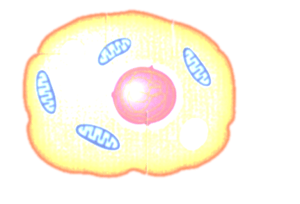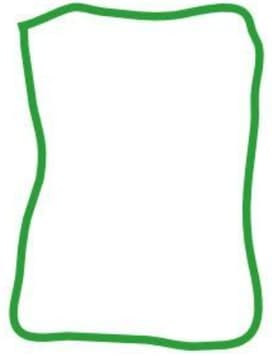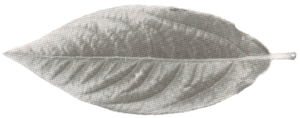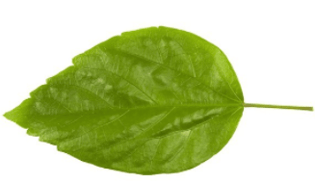A photograph of an ant shows the length of the ant's antennae is 25mm long. The magnification of the photograph is12.
Calculate the actual size of the ant's antennae. Show your working and give your answer in millimetres, to the nearest whole number.



Important Questions on Cells
The figure shows an animal cell.

On the animal cell diagram, label these pars:
Cell membrane Cytoplasm Mitochondrion Nucleus
Figure 2.1 shown an animal cell and the outline of a cell.

Complete the diagram of the plant cell, and then label these parts:
Cell membrane Cell wall Chloroplast Cytoplasm Vacuole containing cell sap
Membrane around vacuole Mitochondrion Nucleus
Neurons are cells that transmit electrical signals throughout the body. This requires a lot of energy. They also synthesis (make) proteins, which help them to communicate with other neurons nearby.
Use this information to explain why neurons contain many mitochondria and many ribosomes.
Complete the equation that we can use to calculate magnification.
magnification
The figure shows a leaf.

The actual length of the leaf is 32mm.
Measure the length of the leaf in figure 2.2. Write down your answer.
Figure 2.2 shows a leaf

The actual length of the leaf is 32 mm.
Calculate the magnification of the leaf image in figure 2.2
Show your working. Give your answer to one decimal place.
A photograph of an ant shows the length of the ant's antennae is 25mm long. The magnification of the photograph is12.
Calculate the actual size of the ant's antennae. Show your working and give your answer in millimetres, to the nearest whole number.

